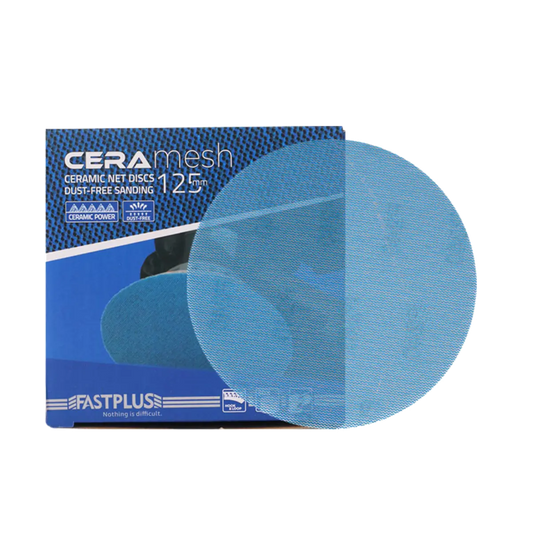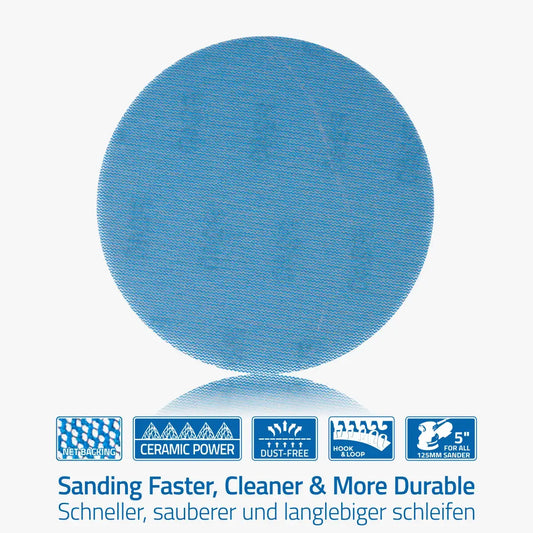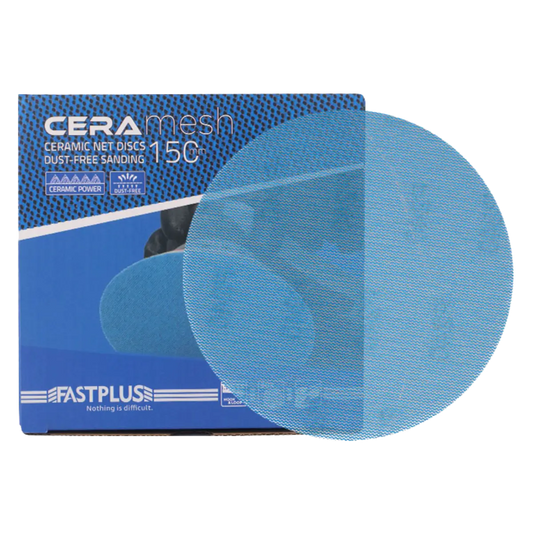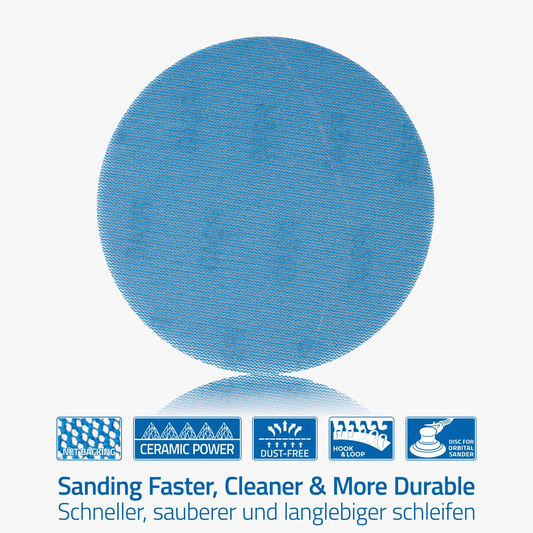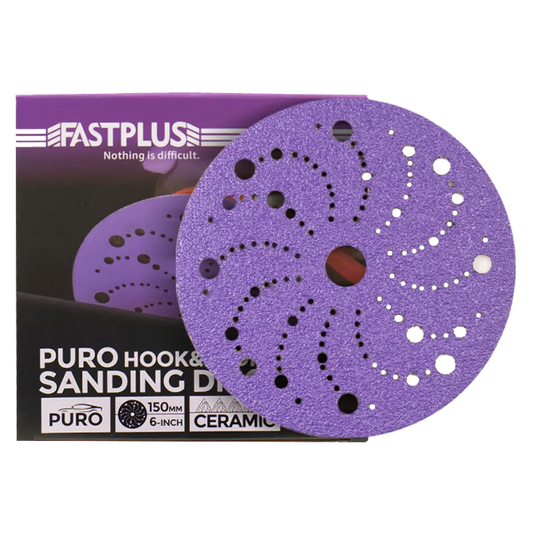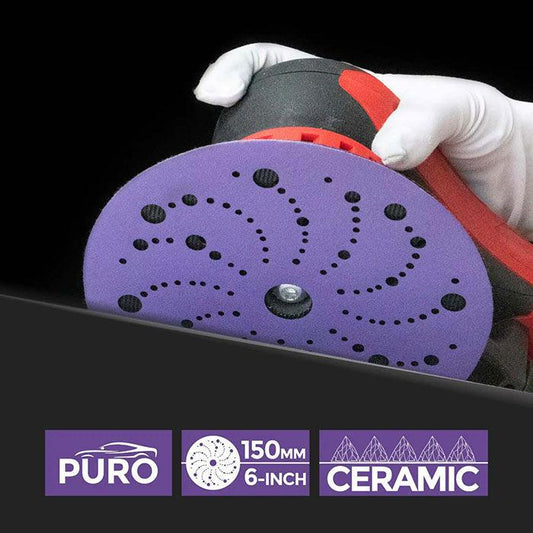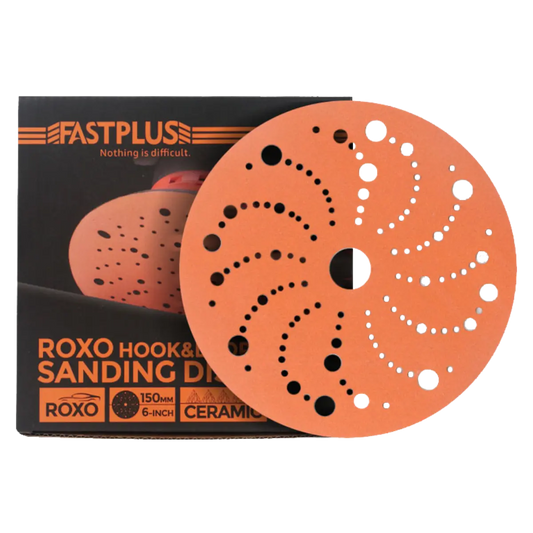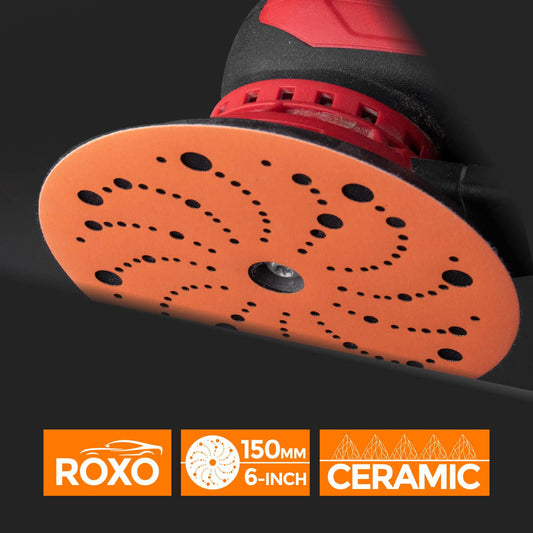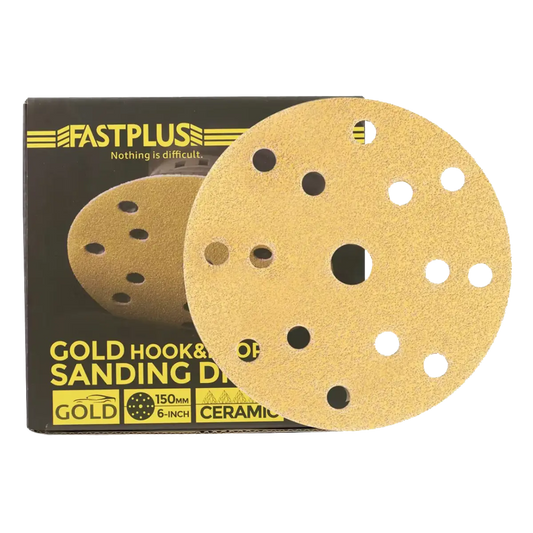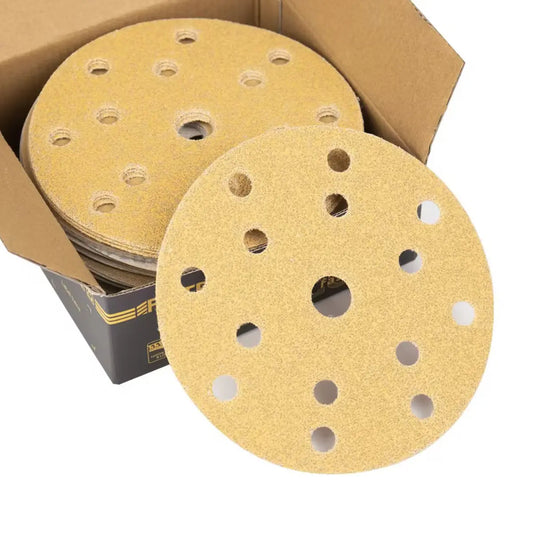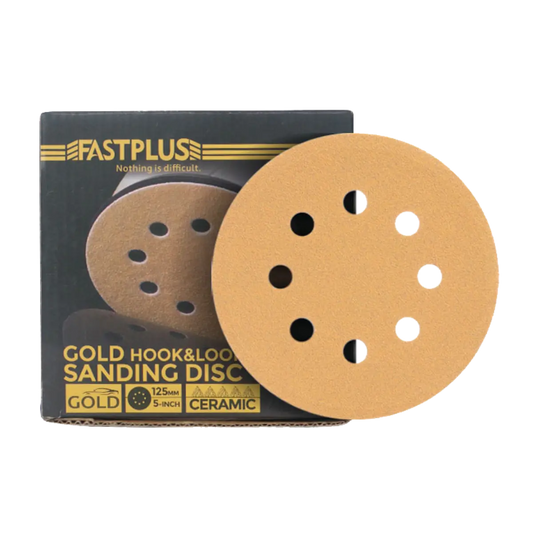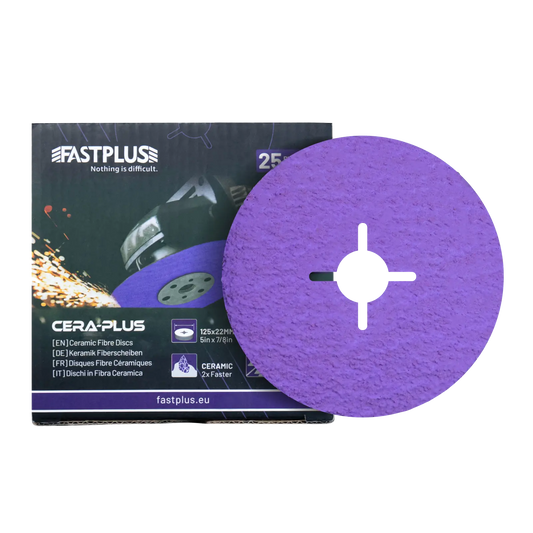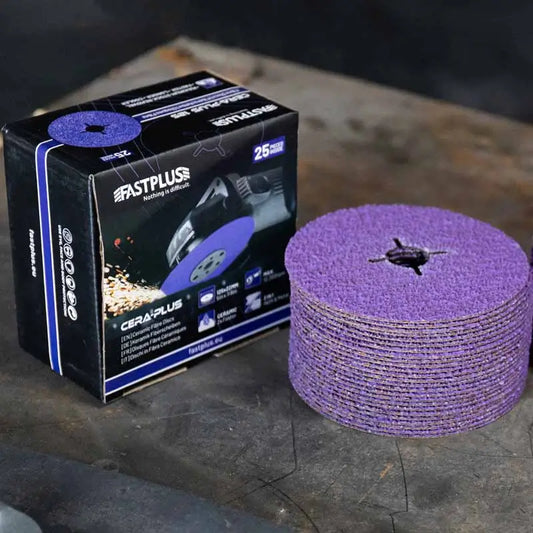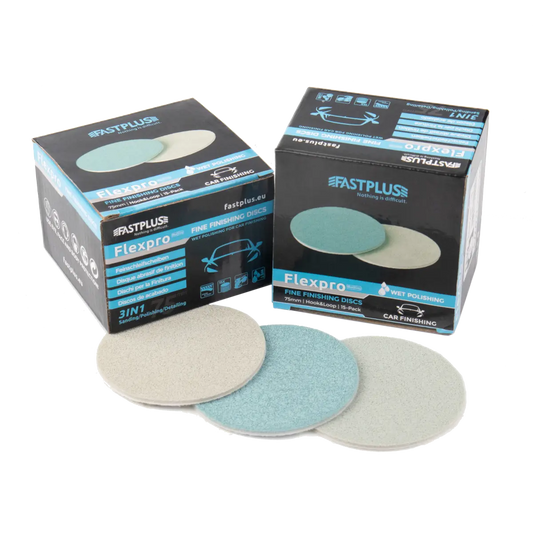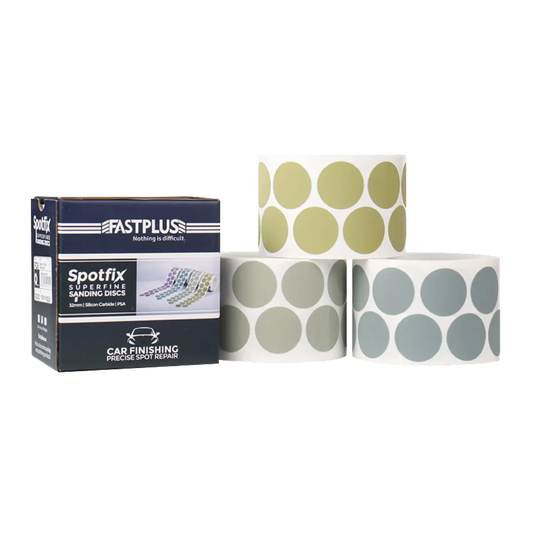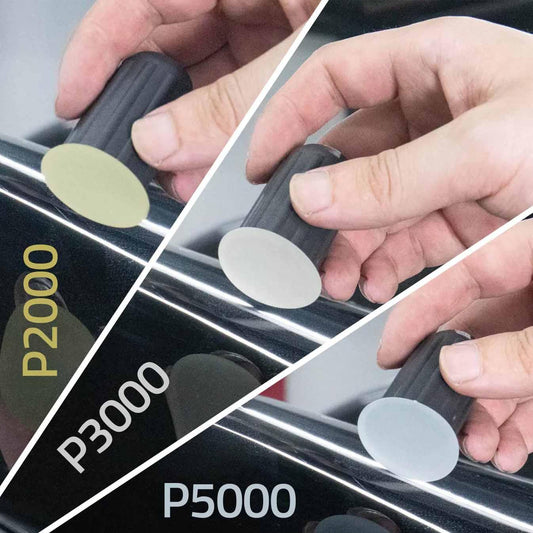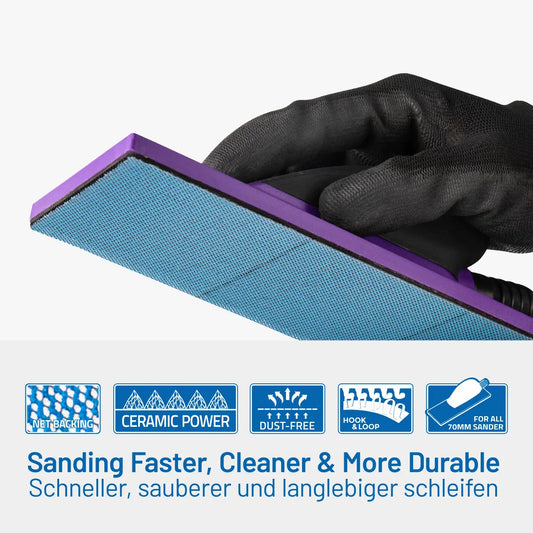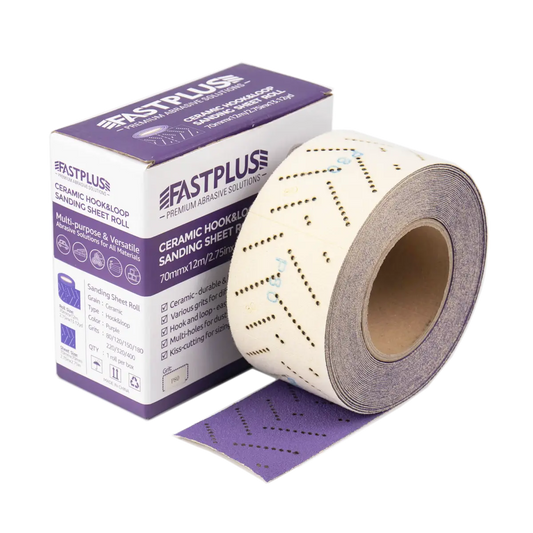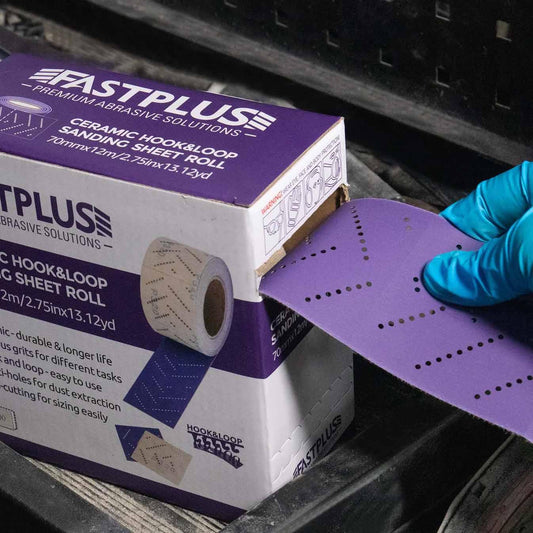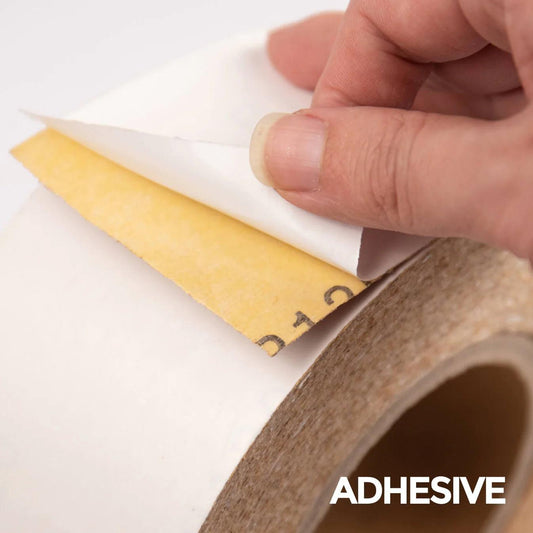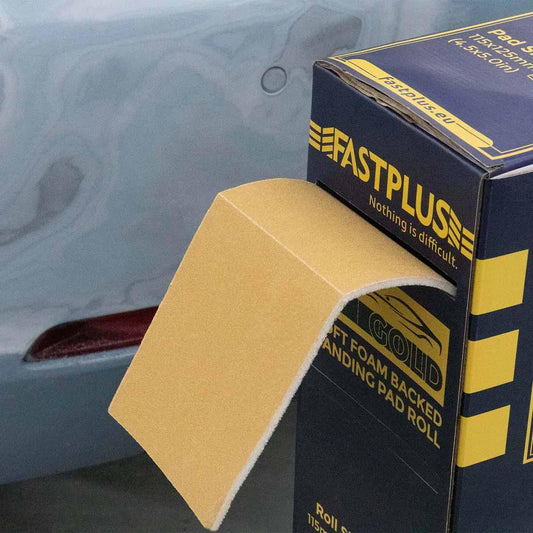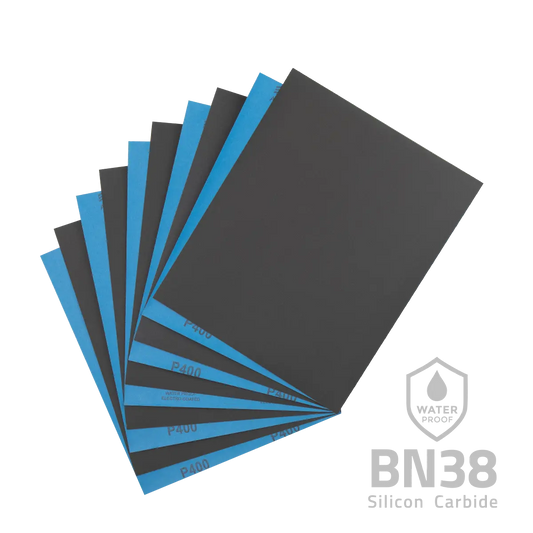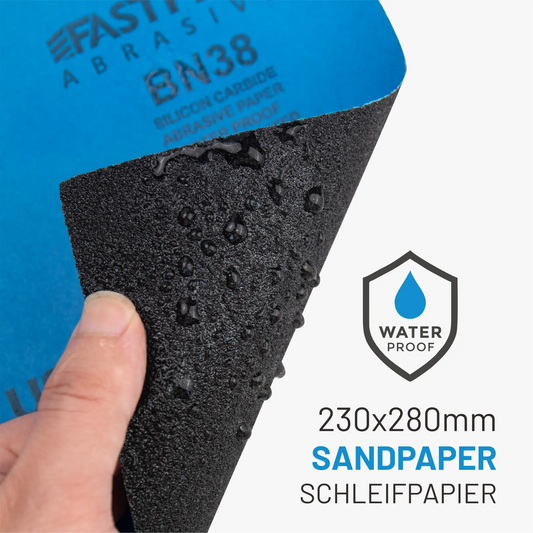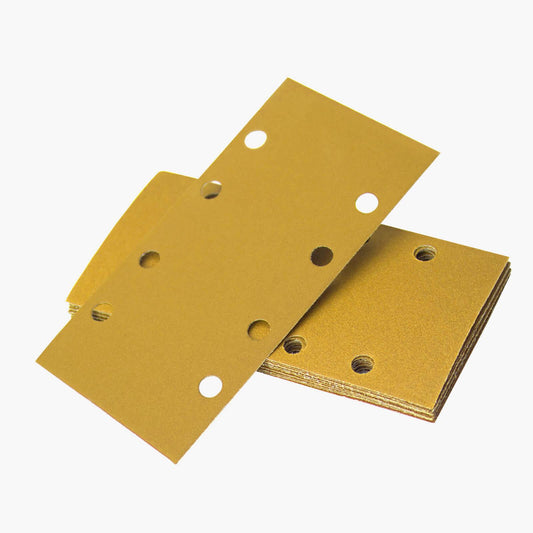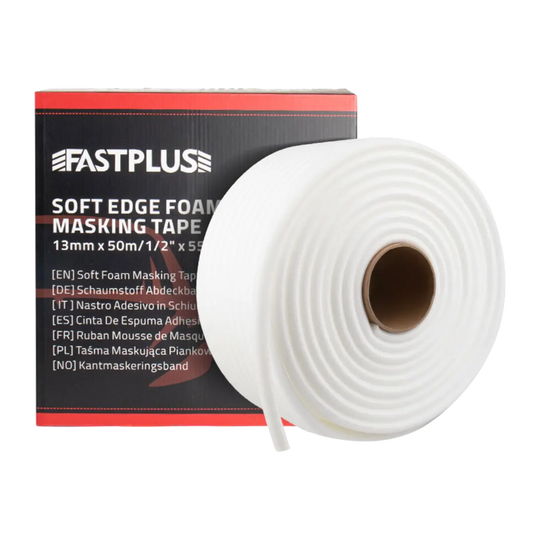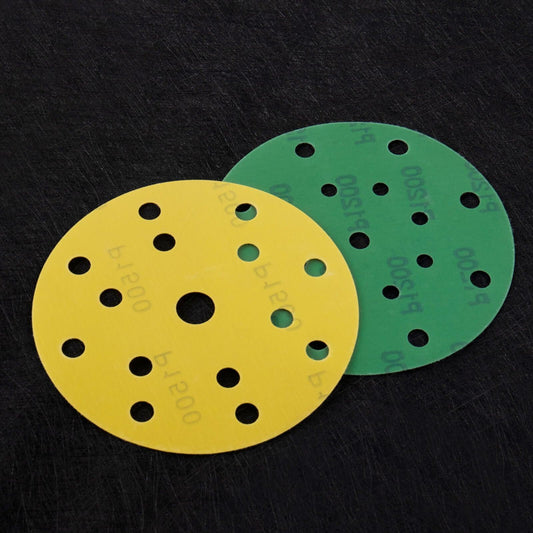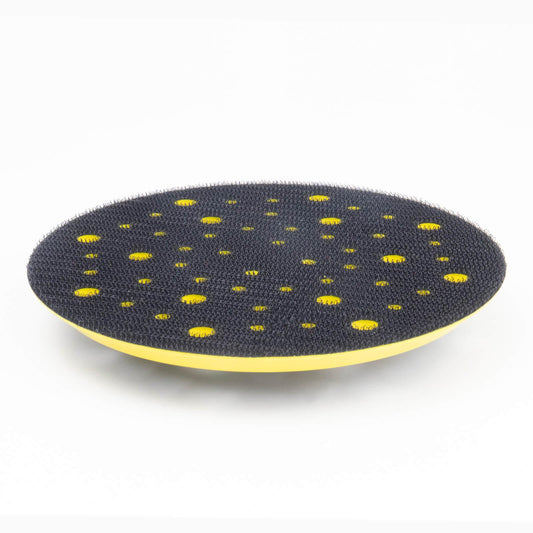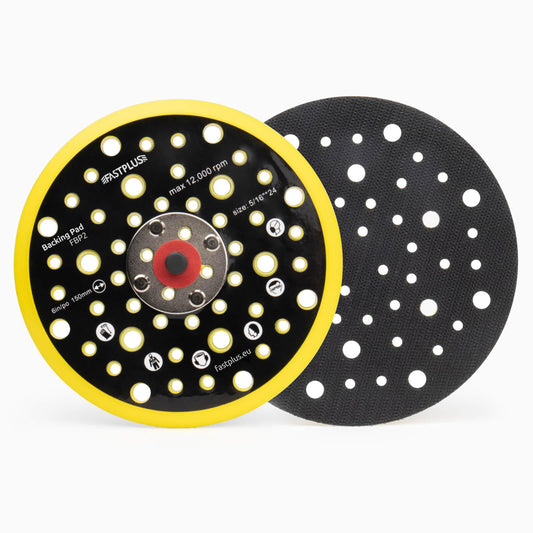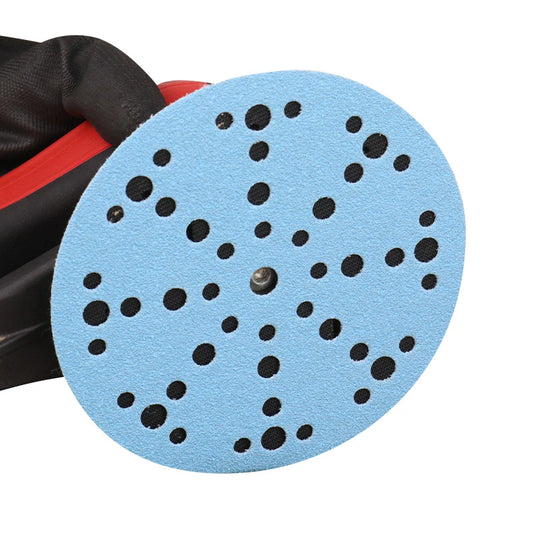
Sanding by Hand vs. Machine: Which Is Better for Your Project?
Sanding is a crucial step in woodworking, furniture refinishing, automotive projects, and DIY crafts. A smooth, even surface not only enhances the appearance of your work but also improves adhesion for finishes, paints, or coatings. But when it comes to sanding, one question often arises: Is it better to sand by hand or use a machine? The answer isn’t always straightforward because it depends on the material, project size, desired finish, and available tools. In this article, we’ll break down the advantages and disadvantages of both methods, explore different types of sanding machines, and provide tips to help you achieve the best results.
The Basics of Sanding
Before diving into hand sanding versus machine sanding, let’s quickly review what sanding accomplishes. Sanding works by using abrasive materials—usually sandpaper—to remove small amounts of material from a surface. This process smooths imperfections, removes old finishes, and prepares surfaces for painting, staining, or varnishing.
Abrasive materials come in various forms:
- Sandpaper sheets and rolls: Available in different grit sizes, from coarse (40-60 grit) to fine (400-600 grit and beyond). Coarse grits remove material quickly, while fine grits produce a smooth finish.
- Sanding sponges: Flexible, ideal for contoured surfaces.
- Mesh or net sandpaper: Reduces clogging and allows dust to escape.
Sanding can be done manually or with machines. Each method has unique characteristics.
Hand Sanding: Control and Precision
Hand sanding is the traditional method of sanding, using sandpaper or sanding blocks applied manually. Despite being labor-intensive, it remains indispensable for many projects.
Advantages of Hand Sanding
-
Precision and Control
Hand sanding allows you to feel the surface as you work. This tactile feedback makes it easier to avoid sanding too deeply or creating uneven surfaces. It’s especially useful for delicate materials like softwood, veneers, or thin plywood. -
Flexibility for Curves and Edges
Irregular surfaces, corners, and intricate details are easier to sand by hand. Sanding blocks or sponges conform to shapes that most machines cannot reach. -
Less Risk of Damage
Machines can remove material quickly but may gouge the surface if not handled properly. Hand sanding minimizes this risk. -
Low Cost and Accessibility
All you need is sandpaper and possibly a sanding block. There’s no investment in power tools or electricity. -
Silent Operation
Hand sanding is quiet, making it ideal for home projects or shared spaces.

Disadvantages of Hand Sanding
-
Time-Consuming
Sanding by hand can take significantly longer than using a machine, especially on large surfaces such as doors, floors, or tabletops. -
Physical Effort
It can be tiring on the hands, wrists, and arms, particularly for extensive projects. -
Consistency Challenges
Maintaining an even pressure and grit coverage requires practice. Inexperienced users may create uneven surfaces or swirl marks.
Tips for Effective Hand Sanding
- Always sand with the grain on wood surfaces to avoid scratches.
- Start with coarser grit to remove imperfections, then gradually move to finer grits for a smooth finish.
- Use a sanding block or sponge for flat surfaces to maintain even pressure.
- Clean the surface regularly to remove dust and prevent clogging.
Machine Sanding: Speed and Efficiency
Sanding machines, or power sanders, come in various types, from handheld to large floor sanders. They significantly reduce the time and effort required for sanding large areas.
Common Types of Sanding Machines
-
Orbital Sanders
These machines move the sandpaper in a random orbit, minimizing swirl marks. They are ideal for finishing work and medium-sized surfaces. -
Belt Sanders
Powerful machines that remove material quickly. They’re best for rough sanding large surfaces or leveling uneven areas. -
Detail Sanders
Compact machines designed for corners, edges, and intricate patterns. -
Disc Sanders
Provide a rotating abrasive disc, commonly used for flat surfaces and straight edges. -
Floor Sanders
Large machines for sanding wooden floors efficiently.
Advantages of Machine Sanding
-
Time Efficiency
Machines can sand large areas in a fraction of the time it takes to do by hand. This is critical for professional woodworkers or contractors. -
Consistency
Power sanders apply uniform pressure across the surface, producing even results with less effort. -
Versatility for Large Projects
Floor sanders, belt sanders, and orbital sanders make it possible to tackle doors, furniture panels, and large tabletops with minimal manual effort. -
Reduced Physical Strain
Machines do the heavy lifting, reducing fatigue and the risk of repetitive strain injuries. -
Enhanced Material Removal
Coarse sanding with a machine quickly removes old finishes, paint, or veneer imperfections.

Disadvantages of Machine Sanding
-
Risk of Over-Sanding
Machines can remove too much material if not handled carefully, leading to gouges or uneven surfaces. -
Noise and Dust
Sanding machines produce significant noise and dust, necessitating hearing protection and dust collection systems. -
Higher Cost
Machines require investment, and maintenance may be needed for belts, discs, or motors. -
Less Control for Fine Details
Machines may struggle with intricate carvings, corners, and delicate surfaces, requiring touch-ups by hand.
Tips for Effective Machine Sanding
- Always start with a coarser grit and gradually move to finer grits.
- Keep the sander moving to avoid creating dips or swirl marks.
- Use dust collection attachments whenever possible to minimize cleanup.
- Test on scrap material before working on the final surface.
Hand Sanding vs. Machine Sanding: When to Choose Each
When Hand Sanding Makes Sense
- Small projects or touch-ups.
- Intricate designs, carvings, or rounded edges.
- Softwood or delicate surfaces where control is critical.
- Situations without access to power or electricity.
When Machine Sanding Is Better
- Large surfaces like floors, tabletops, doors, or cabinets.
- Quick material removal for refinishing or leveling surfaces.
- Projects requiring consistent, smooth finishes over extensive areas.
- Professionals working under tight deadlines.
Combining Hand and Machine Sanding
For many projects, the best results come from combining both methods. Machine sanding can handle the bulk work, efficiently leveling surfaces and removing old finishes. After that, hand sanding can refine edges, corners, and intricate areas, ensuring a flawless finish.
Example Workflow:
- Use a belt sander or orbital sander for large panels.
- Smooth edges and corners with a detail sander.
- Finish by hand with fine-grit sandpaper for a polished look.
This approach leverages the strengths of both methods while minimizing their weaknesses.
Choosing the Right Grit
Regardless of method, grit selection is key:
- Coarse grit (40–60): Removes material quickly, ideal for rough sanding and old finishes.
- Medium grit (80–120): Smooths surfaces and removes scratches from coarse sanding.
- Fine grit (150–220): Prepares surfaces for painting, staining, or finishing.
- Extra fine (320–600+): For ultra-smooth finishes and polishing.
Using progressive grit sizes ensures an even surface and reduces the risk of visible scratches.
Additional Tips for Success
- Keep sandpaper clean: Dust buildup reduces effectiveness.
- Use quality abrasives: High-quality sandpaper or mesh sanding discs last longer and produce better finishes.
- Mind the grain: Always follow the wood grain or material direction for optimal results.
- Protect yourself: Wear a mask and goggles when sanding, especially with machines.
Conclusion: There Is No One-Size-Fits-All
The choice between hand sanding and machine sanding depends on your project, budget, and desired finish. Hand sanding excels at precision and control, making it essential for detailed work and delicate surfaces. Machine sanding shines in efficiency and consistency, ideal for large projects and fast material removal.
For most woodworking and finishing projects, a combination of both methods delivers the best results: use a machine for speed and bulk removal, then finish by hand for perfection. By understanding the advantages and limitations of each method, you can choose the right sanding approach, save time, and achieve a smooth, professional finish.
Key Takeaways
- Hand sanding = precision, control, flexible for curves, low-cost.
- Machine sanding = speed, efficiency, uniform results, better for large surfaces.
- Combining methods = optimal workflow for most projects.
- Correct grit selection and proper technique = crucial for a smooth finish.
- Safety first: dust masks, goggles, and hearing protection matter.
Sanding is more than just a step in your project—it’s the foundation of quality finishes. Choosing the right method ensures your wood, furniture, or craft project looks its best and lasts longer.



